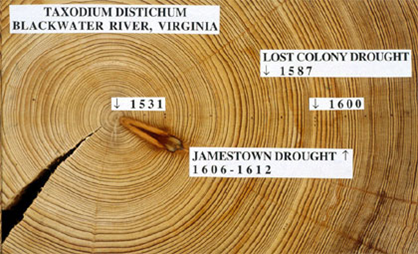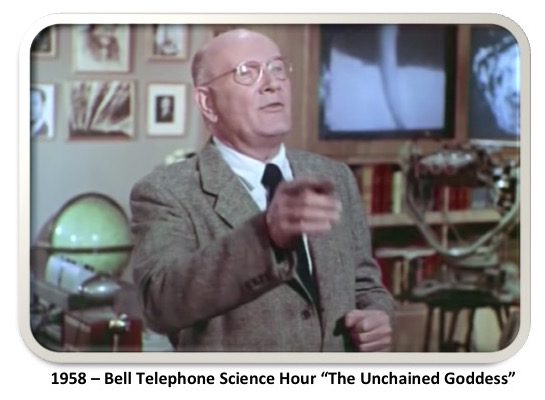History
-

I’ll end my posts today with this scary story, just for Halloween. Be sure to read it all the way to the end for a surprise weather ending. Check it out at Atlas Obscura at https://www.atlasobscura.com/places/the-skeleton-lake-of-roopkund-india-f-3-p-2-india.
-

Since Albany, Georgia is far inland, you don’t think of it as a place that suffers from terrible weather events like recent hurricanes. But in this story from the Washington Post, it points out that Albany has suffered from three natural disasters in the past two years–a tornado and Hurricane Irma in 2017 and this…
-

Thirteen years ago today, Major Hurricane Katrina was barreling north towards the Gulf Coast as a category 5 storm. Robert Ricks of the National Weather Service put out one of the most chilling weather forecasts that I and my husband (also a meteorologist) had ever seen. Sadly, some people and even news agencies thought it…
-

As we approach the peak of the Atlantic hurricane season, I am seeing many stories in my social media feeds about the anniversaries of past tropical systems that have affected the Southeast. Here is one remembrance of TS Bonnie from the State Climate Office of North Carolina discussing why Bonnie has been overlooked in the…
-

Today’s weather oddity comes from Atlas Obscura, who noted in an article this week that the height of the Washington Monument was almost half an inch lower than originally built due to repeated lightning strikes on the top, melting the metal cap. You can read more about this fascinating story at https://www.atlasobscura.com/places/washington-monument-lightning-rod.
-

A megadrought is a strong and persistent drought that can last for one, two or three decades. While the US has not seen a real megadrought since climate started being measured here in the 1800’s, tree rings and lake sediments can go back much farther in time and tell a different story. There have been…
-

A friend of mine sent this video clip from an old television show called “Bell Telephone’s Science Hour” made in 1958. It was directed by Frank Capra, the famous movie director. This clip was from an episode called “The Unchained Goddess” which was about the weather. Amazingly, I remember this program being shown at a…